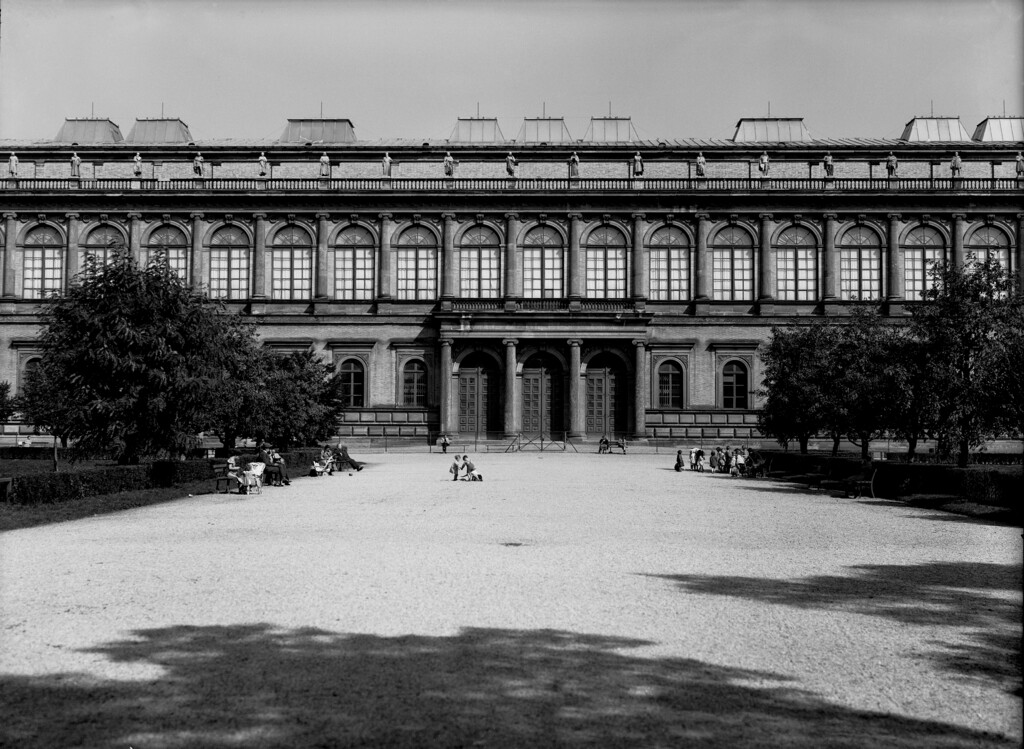The Bayerische Staatsgemäldesammlungen (Bavarian State Painting Collections ) oversee a substantial part of the painting and art holdings of the Free State of Bavaria as well as the associated Munich museums: the Alte Pinakothek, the Neue Pinakothek, the Sammlung Moderne Kunst (Modern Art Collection) in the Pinakothek der Moderne, the Sammlung Schack (Schack Collection), the Museum Brandhorst and, in addition, twelve state galleries throughout Bavaria. The administrative headquarters are in the west wing of the Neue Pinakothek. During the extensive renovation of the Neue Pinakothek, the administration is located at the Königsplatz. Here, art historians from various specialist fields, scientists and restorers from the associated Doerner Institute work together with numerous other staff members to manage, preserve and scientifically explore the large collection of more than 30,000 objects.
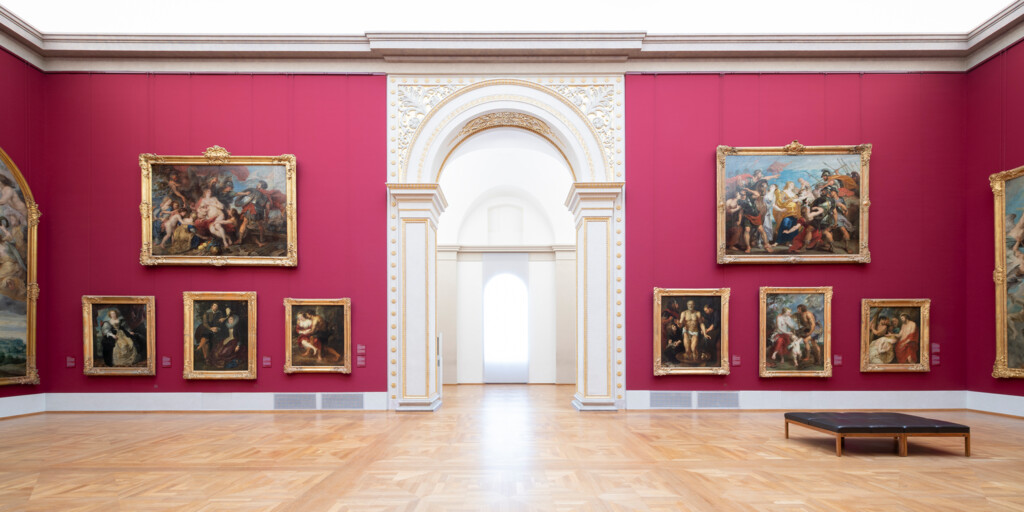
The Museums
The Museums
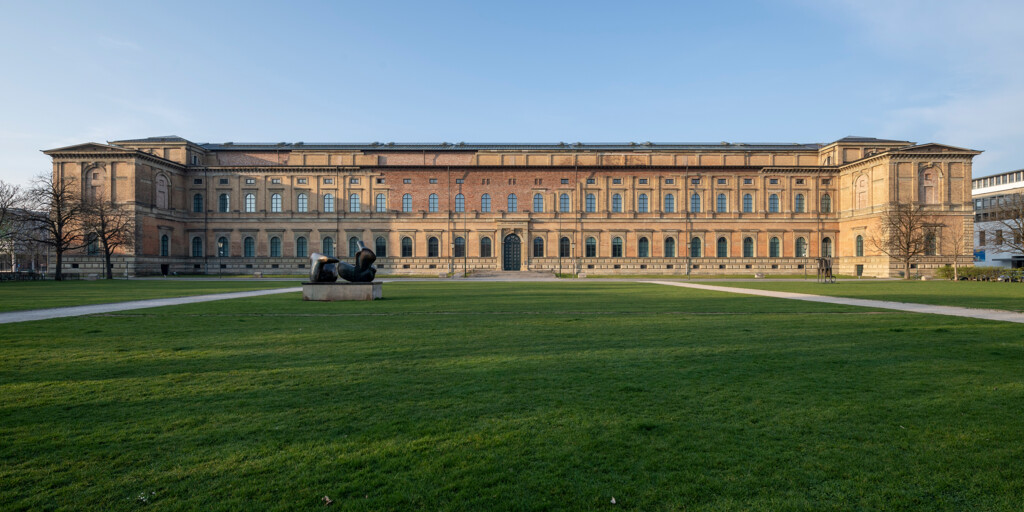
The Alte Pinakothek is one of the most significant art museums in Europe. It is home to the outstanding works of one of the world's largest collections of European paintings from the 14th to the 18th century. Among the more than 700 paintings on display are numerous major works by Dürer and Rubens as well as prominent key works by Rogier van der Weyden and Memling, Raphael and Titian, Altdorfer and Cranach, Jan Brueghel the Elder and van Dyck, Rembrandt and Frans Hals, Poussin and Murillo.
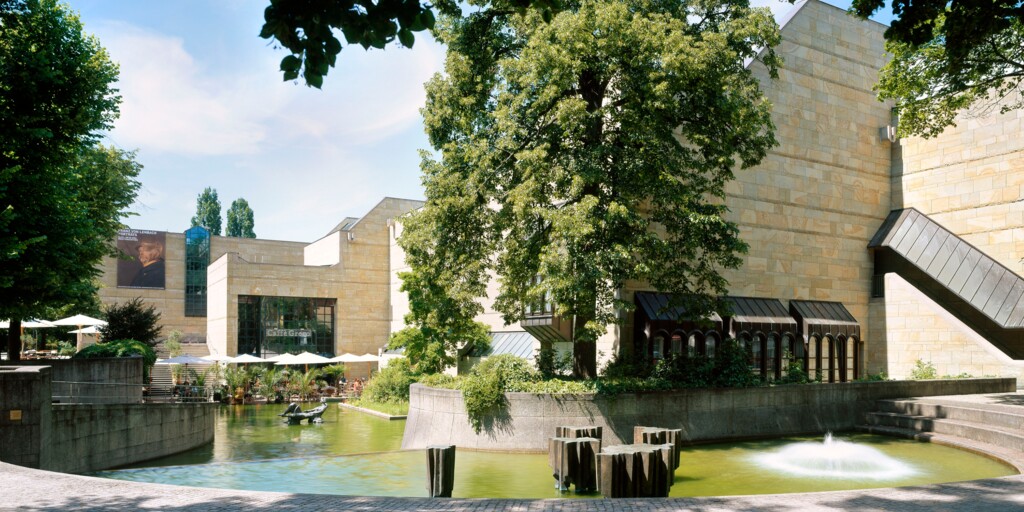
"From Goya to van Gogh" is the motto of the Neue Pinakothek. The collection of the first museum for contemporary art in Europe includes major works of Classicism, Romanticism, Art Nouveau, Impressionism and the Nazarenes as well as the great pioneers of modernism Manet, Cezanne and van Gogh. The gallery of the Neue Pinakothek is closed to the public due to extensive renovation work. A selection of masterpieces of 19th century art are exhibited on the ground floor of the Alte Pinakothek and in the Sammlung Schack.
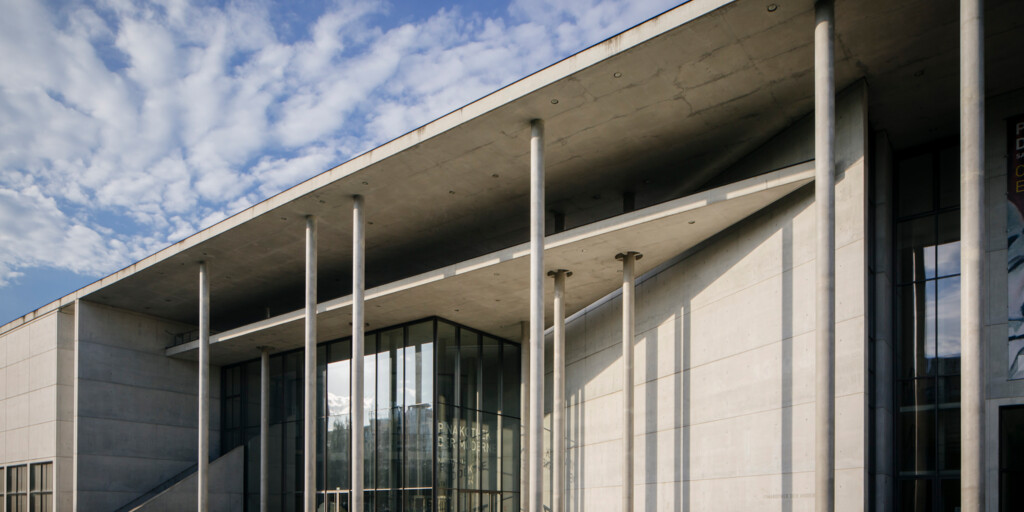
The Sammlung Moderne Kunst (Modern Art Collection ) at the Pinakothek der Moderne begins with the German avant-garde movements around 1900 and extends to the immediate present. The more than 20,000 works form one of the largest international museum collections of painting, sculpture, photography and time-based media in the 20th and 21st centuries.
Housing four museums under one roof devoted to art, works on paper, architecture and design, the Pinakothek der Moderne ranks as one of the greatest collectors of artworks in Europe. Its trans-disciplinary approach – as expressed in its concept of “four-in-one” – is both visionary and, for the most part, unique. The central feature of the Pinakothek der Moderne complex is its imposing glass rotunda, which serves as a vibrant place of encounter and discussion.
Under one roof: Four museums
ART | Sammlung Moderne Kunst (Modern Art Collection)
WORKS ON PAPER | Staatliche Graphische Sammlung München
ARCHITECTURE | Architekturmuseum der TUM
DESIGN | Die Neue Sammlung - The Design Museum
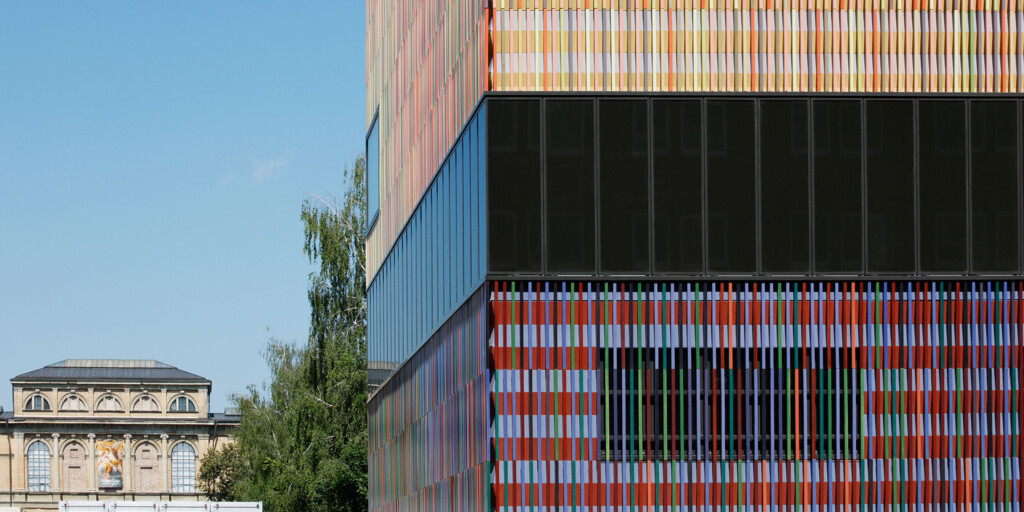
The Museum Brandhorst opened in 2009 and is therefore the youngest institution of the Bayerische Staatsgemäldesammlungen. Since its opening, the museum has been able to establish itself as a central location for contemporary art in Germany. Its collection and temporary exhibitions are dedicated to the presentation of contemporary art, with a special focus on the engagement with artists and current issues.
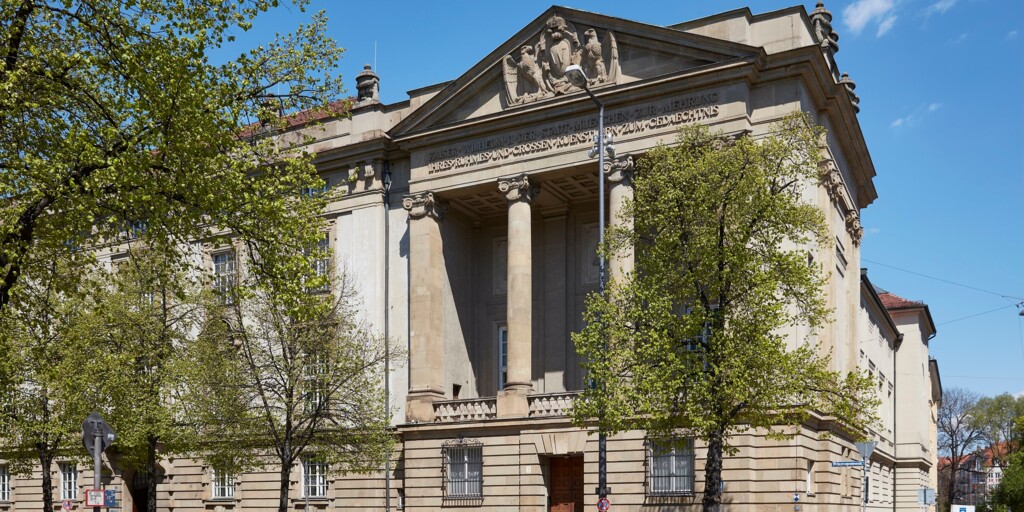
Franz Lenbach's "Shepherd Boy", "Rübezahl" and "Des Knaben Wunderhorn (The Boy's Magic Horn)" by Moritz von Schwind - everyone has seen illustrations of these paintings, but where can you find the originals? In the Sammlung Schack (Schack Collection), a jewel among Munich's museums. Pictures of legends and fairy tales tell stories of faraway lands and of a distant past.
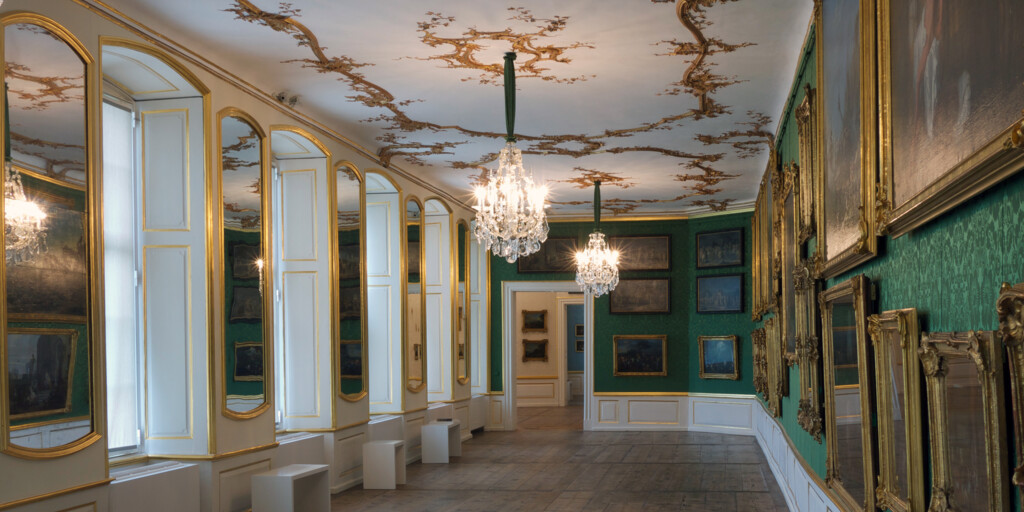
Every year, hundreds of thousands of visitors from all over the world flock to the Pinakotheken in Munich. However, few people know that the high-calibre holdings of this unique collection extend far beyond the city. The treasures of the Pinakotheken can be explored in their 12 branch galleries, which are located all over Bavaria. The sites of the galleries, which can be found in old castles, magnificent residences and palace complexes, display superb works within their stately walls. The branch galleries reflect the enormous diversity of the collection.
History
The Bayerische Staatsgemaeldesammlungen (Bavarian State Painting Collections) is the municipal authority that succeeded the “Centralgemaeldegaleriedirektion” (Central Painting Gallery Administration), which was established in the late 18th century after the stock of paintings owned by the Wittelsbacher family grew exceptionally large owing to the inheritance of the Mannheim and Zweibrueck Galleries. A short time later, at the beginning of the 19th century, the collection grew even further due to the secularization and acquisition of the Dusseldorf Gallery.
As a result of the augmented inventory, the location was changed. Having first been stored in Schleissheim New Palace, between 1777 and 1782 a new gallery was erected for the paintings in the court gardens of the Munich Residence. The (Alte) Pinakothek was built from 1826 to 1836 , and in 1853 the Neue Pinakothek was established for “contemporary” art of the times (destroyed 1944/45). Starting in 1919, the more modern works of the second half of the 19th century were exhibited in an exhibition structure at Koenigsplatz that was called the “Neue Staatsgalerie” (New State Gallery).
After the Second World War, the west wing of Haus der Kunst served as a provisional exhibition space for the main art works from all of the institutions. After the old master works were moved into the refurbished Alte Pinakothek (1957) and those of the 19th century relocated to the newly-built Neue Pinakothek (1981), the temporary space was turned over to the “Staatsgalerie moderner Kunst” (State Gallery for Modern Art) for its 20th century collection. In 2002 this collection – now called “Sammlung Moderne Kunst” (Modern Art Collection) – finally found its permanent home in the newly-opened Pinakothek der Moderne in Munich’s museum quarter “Kunstareal”, in the immediate vicinity of the Alte and Neue Pinakothek. In 2009, the Museum Brandhorst opened, presenting the collection of Udo and Anette Brandhorst, and in the same year, the Sammlung Schack (Schack Collection), which moved into the gallery building in Prinzregentenstrasse in 1909 and has been part of the Bayerische Staatsgemäldesammlungen since 1939, celebrated its 100th anniversary.
The collection profile of the Bayerische Staatsgemäldesammlungen has altered with time, so that the name “painting collections” is only partially valid: Whereas the collection, until the 18th century, actually consisted exclusively of paintings, the Neue Pinakothek also contains works of sculptural art. The traditional genre terms play only a secondary role for the 20th and 21st century collections, having given way to a changing art idiom: in addition to paintings, The Modern Art Collection contains photography and sculpture, as well as video art and spatial installations.
The associated branch galleries of the Bayerische Staatsgemäldesammlungen are located throughout Bavaria. Several hark back to the 19th century as, after the secularization in the entire former kingdom, alternative quarters were sought for the state’s large inventory of artworks. A few of these galleries (for example in Bamberg and Augsburg) are even older than the Alte Pinakothek. Since the reorganization in the 1960s and 1970s the galleries have been exhibiting high quality collections that are suited to the respective region.
